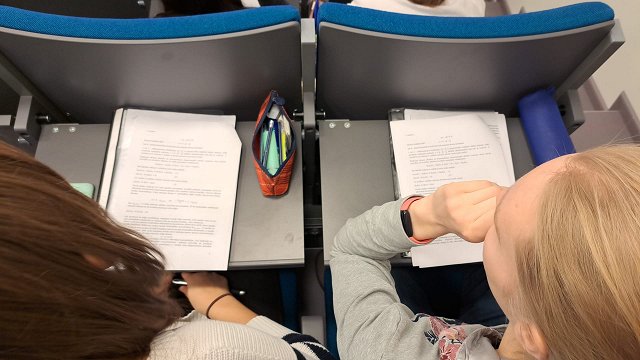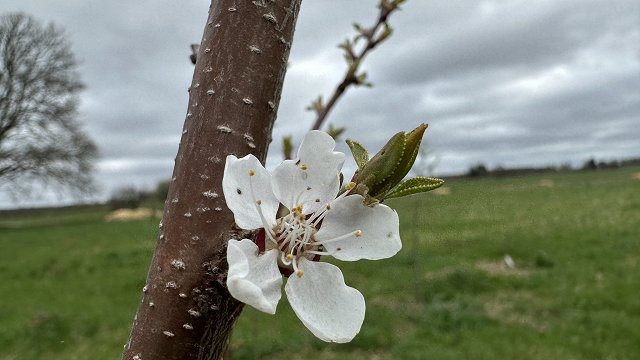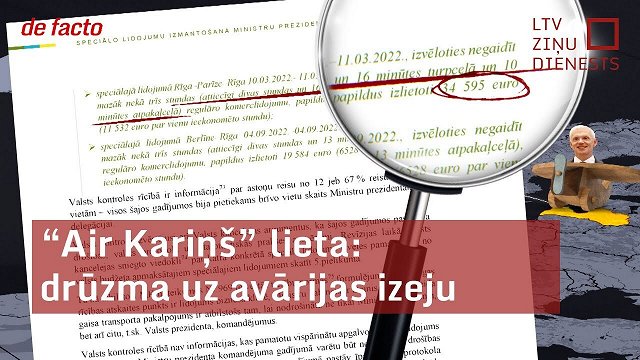The broadcast 4. studija received a letter from Gundars: “In order for the private forest owner to chop wood in his forest, it is necessary to obtain the felling certificate or permit. For 20 years, this service cost €4, but this year it has been increased to €70, which is about a 1700% increase! Here even Latvenergo and Sadales tīkls' pricing does not level. Amazed by the new Cabinet rules on the very high cost of this service. If last year I wanted to chop something, slightly more than a hectare, the felling area, I had to pay four euros, but this year it is €70. Such a rise – 17 times!”
The State fee for receipt of the felling certificate had not been changed since 2007. For long years, the State Forest Service had been preparing to raise fees – it has finally been done. To slightly offset the rise in prices, the Forest Service offers a different service to forest owners free of charge.
“From the beginning of last year, we launched a database that lacked funding and was paid for by subscription – we waived the subscription fee and launched a database where all this can be done, we launched the database free of charge,” said Normunds Knēts, deputy director of the State Forest Service (VMD) Forest Resources Management Department.
1/4 of all permits shall be issued by the Forest Service for sanitary felling, which must be carried out if the forest has been damaged, for example, by fire accident or bark parasites. The permit for this felling has been rounded up to five euros. If the area is bigger – 15 euros. If the owners want to cut themselves firewood, there are several types of felling areas, for which the relative price of the permit is still not high, VMD considers.
The most rapid rise, from EUR 4 to EUR 70, has been imposed on the felling permit obtained by entrepreneurs carrying out total felling, starting from a hectare in large areas and then selling the harvested timber. The only thing that cannot be understood in this situation is why the State Forest Service did not increase the fee for 15 years.
“The purpose of the fee is not to cover any costs related to the issue of this fee. The final purpose of the fee is linked to the market regulation mechanism itself. This means that all this machinery, for example, also has some environmental impact on the forest. This means that, through this price mechanism, we can regulate slightly the behavior of market participants – not to use these permits and felling volumes too much,” explained Economics Professor Jānis Priede.
The professor admits that the price rise from four to 70 could indeed be shocking especially after a 15-year-standstill.
“But it's only fast relatively. It's very fast in percentage terms. But if we look at such an absolute measure, even if there is this ceiling of €70, it is very relative to the potential benefit. It's not exceptional,” said Priede.
The viewer Gundars does not agree with the opinion of the Forest Service and the expert that the increase in the price of the felling certificate would be proportionate.
Gundars: “We pay the country for the forest, for forest land every year, too. Then, when the wood is felled and disposed of, we pay a fee for the income we have earned. The forest is already taxed three times, it is covered with taxes and fees during its growth phase. It's so disproportionate.”
According to the State Forest Service, the average annual felling fee has brought in around 150 thousand euros so far. This year, this income could be around €1 million.































